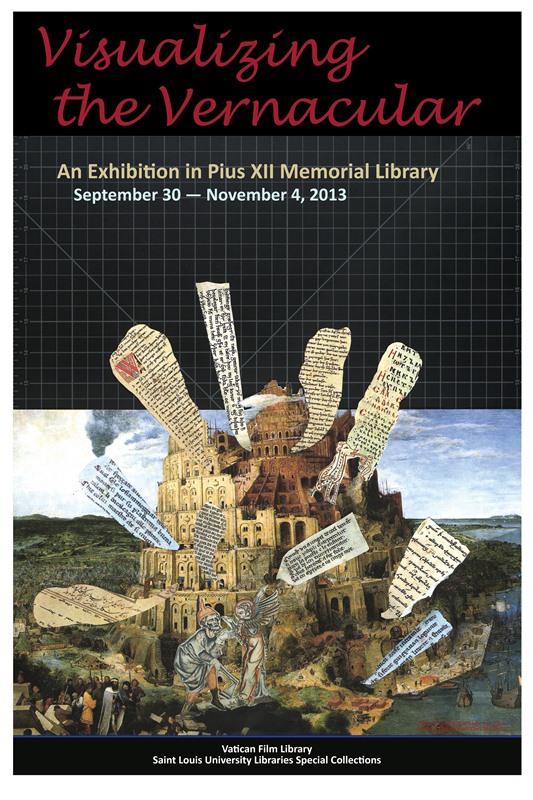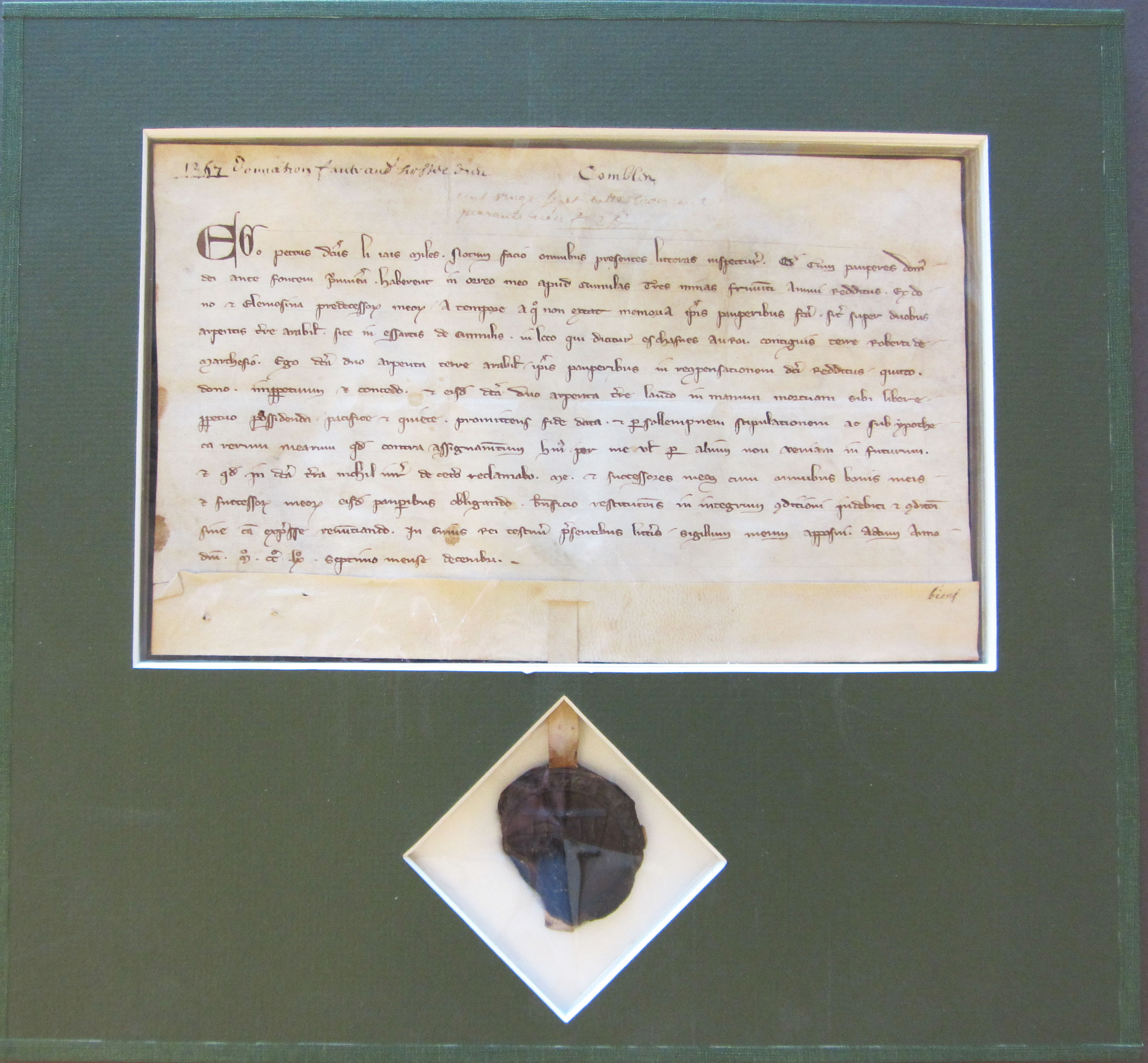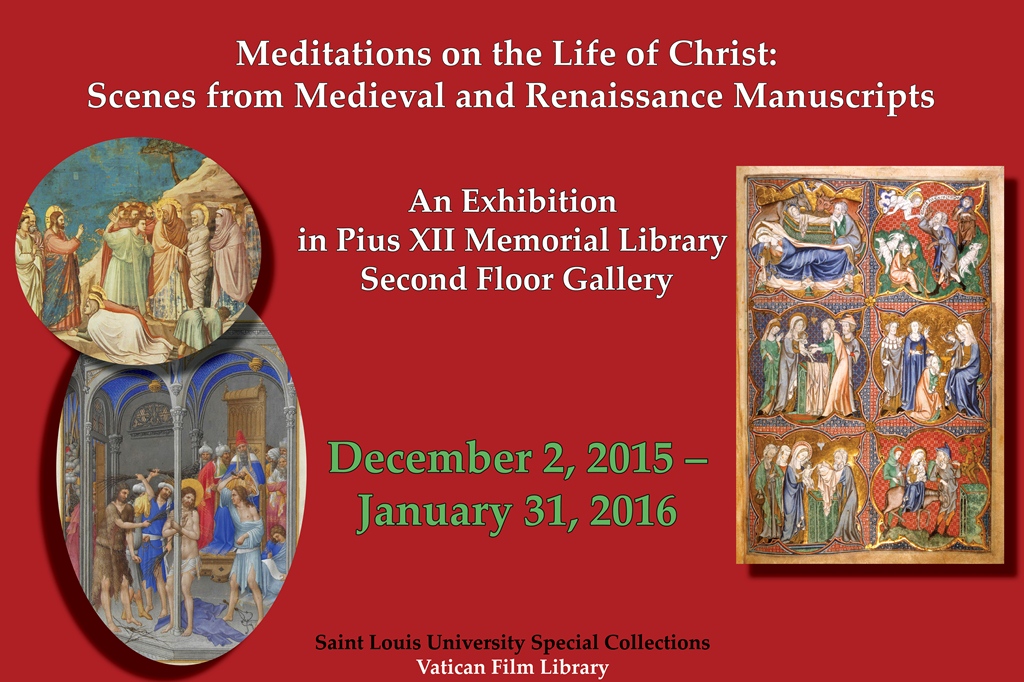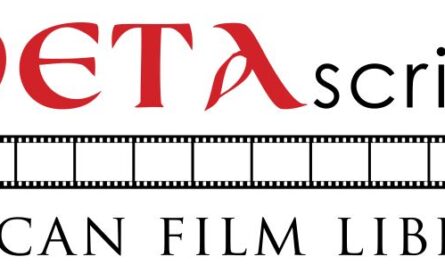The Vatican Film Library announces its new October exhibition, Visualizing the Vernacular. Located in the first-floor lobby of Pius XII Memorial Library, the exhibition, which opened September 30, will be on display during library hours until November 4th, 2013.
Curated by Susan L’Engle with assistance by Daniel Webb, doctoral candidate in the Department of History and current research assistant in the Vatican Film Library, this exhibition focuses on the use of local (vernacular) languages in writing, a practice that became common during the High Middle Ages (1000–1300 AD). In previous centuries scribes had conveyed ideas primarily through the great classical languages of Greek, Latin, and Arabic. In the West, most literate people had church professions and wrote ecclesiastical works in Latin, whereas most laymen did not read, did not write, did not know Latin, and were not encouraged to do so.
Shortly after 1000 AD, however, climatological, political, economic, and spiritual factors produced changes that contributed to a cultural transition. Movements encouraging more intense personal piety, more localized governmental jurisdiction, and vastly increased literacy mark a shift in focus from the elites to the common man. In this context, the vernacular found its voice and became an acceptable medium of writing that grew in popularity with astonishing rapidity. Texts written in vernacular languages often reveal a world-view closer to the mind of the average medieval person and form a close link between cultural phenomena and contemporary dialect. The exhibition draws on the Vatican Film Library’s rich collection of manuscript facsimiles (reproductions of original handwritten books), which highlight the beauty, importance, and influence of this momentous historical transition.
The exhibition is displayed in five cases, presenting three different areas of concentration. The first, Devotion in the Vernacular, illustrates that although Latin, and Greek in the East, were the official languages of the Church, during the High Middle Ages it was recognized that personal piety could be increased by transmitting religious ideas in local languages that general congregants could easily understand. Among the languages presented in this section are Anglo-Norman French, Armenian, Church Slavic, and Icelandic.
Storytelling in the Vernacular displays a variety of works meant to entertain an increasingly literate aristocracy and courtly audience. Many of these works utilized traditional themes and stories (like the Fall of Troy and miracles of saints), but rework them into the language and time-period of the listeners. Vernacular languages in this portion include Middle English, Turkish, Galician-Portuguese, and Middle High German.
Portraying Daily Life in the Vernacular demonstrates the wide array of subjects on everyday concerns that was increasingly put into writing during the High and Late Middle Ages. Topics considered useful and important to daily life include history, law, shipbuilding, combat-drills, and general pastimes. The texts are written in Syriac, Middle Low German, Navarro-Aragonese language (Spanish), and Venetian Italian.
Along with a fascinating overview of the orthography of vernacular scripts, many of the manuscript facsimiles reveal the lavish and costly programs of decoration that individuals commissioned for their books.
For further information, contact Susan L’Engle, Assistant Director of the Vatican Film Library, at 314-977-3084, lengles@slu.edu.

 by
by 


